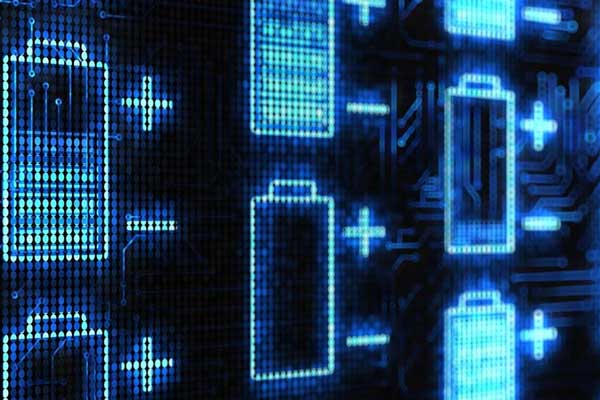Many elements are required for making the energy system more sustainable. Among them are smart solar storage systems, smartly interconnected energy grids, and electricity-based synthetic fuels (e-fuels). KIT studies the related technologies and will present latest findings and outlooks at the Intersolar and ees Europe exhibitions (May 31 to June 02, 2017, Munich).
The main topics covered at the KIT booth will be the Helmholtz “Energy Lab 2.0” research platform, the “SafetyFirst” project for efficient home storage systems, and experience gained from the operation of Germany’s largest solar power storage park for research at KIT (hall 1B, booth B1.154 and special exhibit “Smart Renewable Energy”).

Many elements are required for making the energy system more sustainable. Among them are smart solar storage systems, smartly interconnected energy grids, and electricity-based synthetic fuels (e-fuels).
“SafetyFirst” and the Solar Power Storage Park
The lower the costs of home storage systems are, the more are they used in private households. The technology is about to enter mass market. But are the systems as good as promised by the manufacturers? It is not only the purchase price that significantly influences current costs of home storage systems, but also quality, i.e. performance in operation. “Within the framework of the “SafetyFirst” project, we measure the performance of 20 commercial storage systems,” project head Nina Munzke, KIT, says.
Performance is determined by the efficiency of the system components as well as by standby consumptions, the storage system’s speed of response to changes of load and production, and the intelligence of the overall system control unit. “Our measurements reveal: Home storage systems on the market differ considerably. For better comparability, we have set up a checklist with the most important criteria and the results measured by KIT as benchmarks. This checklist is to enable customers and craftspeople to ask the right questions to storage system manufacturers and suppliers.” KIT’s experience gained from the “SafetyFirst” project has also been incorporated in the “Effizienzleitfaden für PV-Speichersysteme” (efficiency guidelines for photovoltaic storage systems) of the German Energy Storage Association (BVES) and the German Solar Association (BSW Solar). These guidelines were published in March to standardize measurements of energy efficiency of PV storage systems.
The “SafetyFirst” project does not only cover the quality of storage systems, but also transport and functional safety as well as their contribution to grid stability. Based on the results, development recommendations can be made for the benefit of all grid and storage system operators as well as for the consumer. The “SafetyFirst” project is funded by the Federal Ministry for Economic Affairs and Energy with about EUR 4 million and coordinated by Karlsruhe Institute of Technology. Project partners are the Fraunhofer Institute for Solar Energy Systems in Freiburg and the Center for Solar Energy and Hydrogen Research in Ulm.
At Intersolar and ees Europe 2017, the lessons learned from comparative tests of performance, safety, and contribution to grid stability will be presented. In addition, latest results obtained from the solar power storage park of KIT will reveal how energy power self-supply can be maximized.
Reference(s):
Research story: Karlsruhe Institute of Technology | May 18, 2017 (source)












Comments